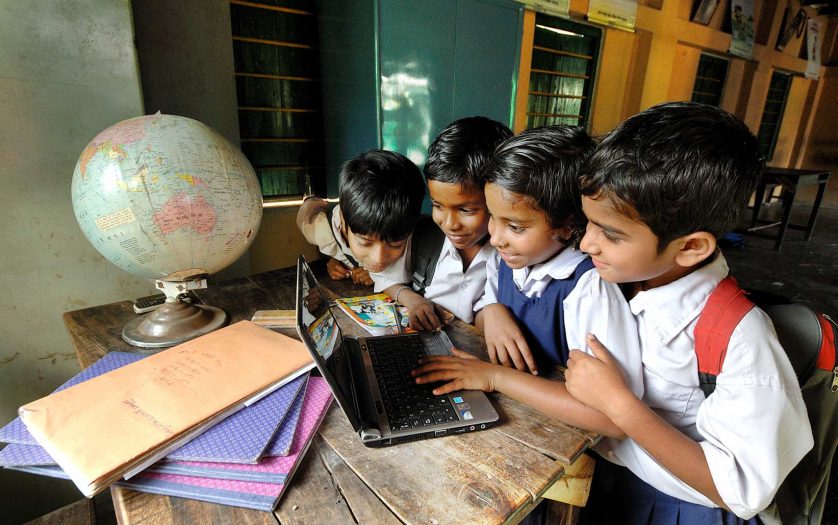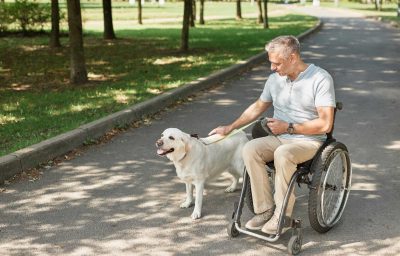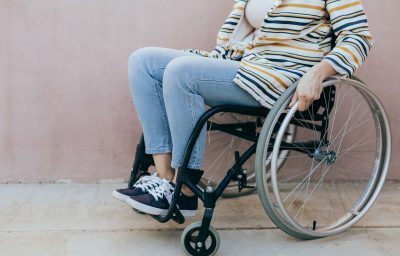
India’s Ministry of Education released guidelines on Tuesday for the development of e-content for children with disabilities (CwDs), aimed at fulfilling the goal of inclusive education.
The guidelines have been prepared by a committee constitute by the Ministry of Education, which had submitted its report.
Union Education Minister Ramesh Pokhriyal approved the release of the guidelines which has been initiated under the comprehensive initiative, PM e-VIDYA (launched on May 17 202) to unify all efforts related to digital/online/on-air education, according to the guidelines.
The development of e-Content for CwDs should be based on the four principles namely – perceivable, operable, understandable and robust.
“e-Content including text, tables, diagrams, visuals, audios, videos etc. should comply with accessibility standards: national standards (GIGW 2.0) and international standards (WCAG 2.1, E-Pub, DAISY etc). Distribution platforms on which content is uploaded (e.g. DIKSHA) and Reading platforms/devices on which content is accessed and interacted (e.g. e-pathshala) must comply with technical standards,” the Ministry said.
The Committee has also recommended that in a phased manner textbooks may be adapted into Accessible Digital Textbooks (ADTs).
“The content of ADTs should be provided in multiple formats (text, audio, video, sign language etc) with turn-on and turn-off features. Further, ADTs should provide flexibility to CwDs to respond to its content/exercises in multiple ways. The detailed guidelines for developing ADTs along with existing international and national experience, in the development of prototypes including the recent NCERT’s experience: Barkha: A Reading Series for All (in print and digital forms), Accessible Textbooks for All and UNICEF’s “Accessible Digital Textbooks using Universal Design for Learning ( for Learners with and without Disabilities) have been presented in Section 5 of the report,” according to the guidelines.
A summary of the recommendations has been presented in the report for sharing widely with content creators, content designers, developers, publishers
According to an official release, “These guidelines will initiate the creation of high-quality content for digital education to children with special needs. They are dynamic by nature, to be improved based on experience and the advent of better technology,”








